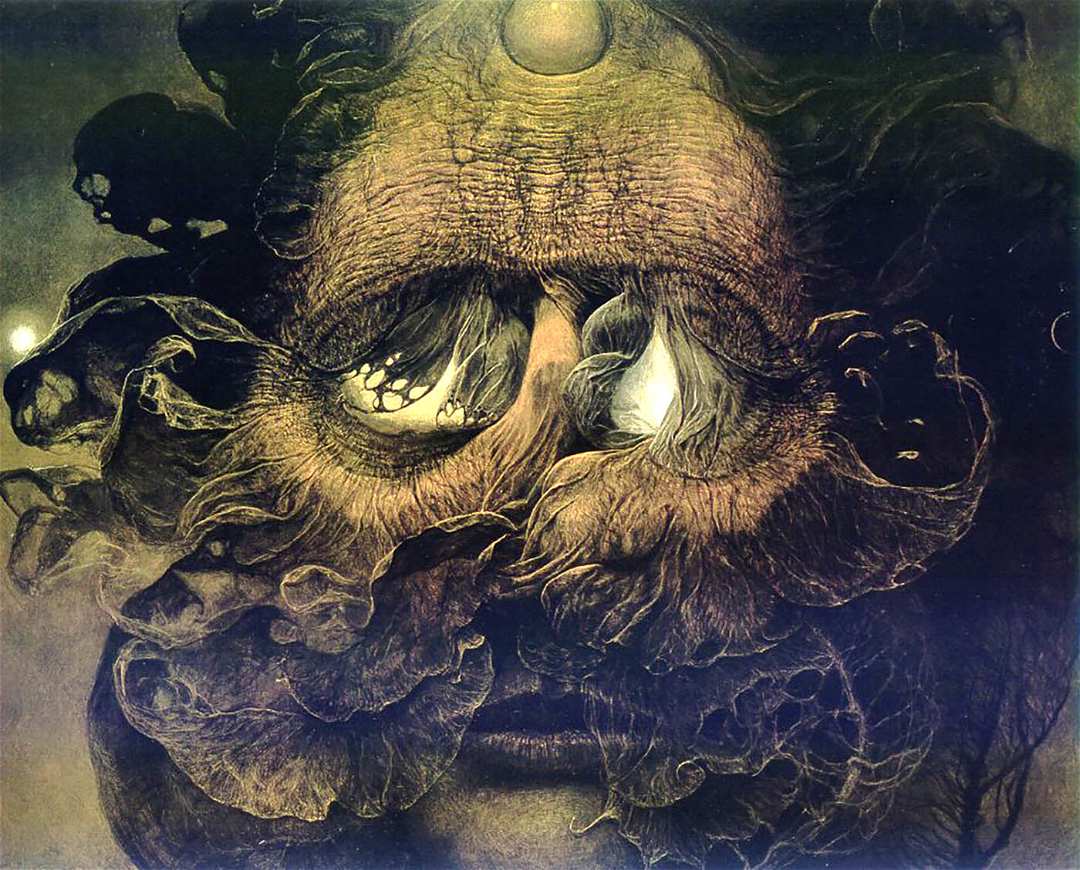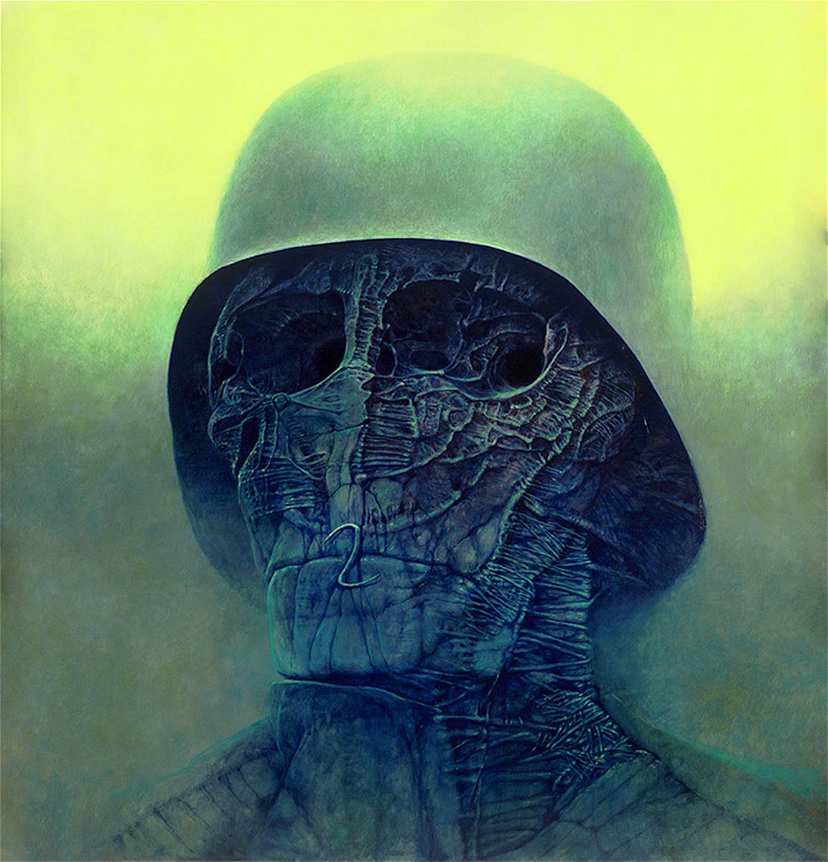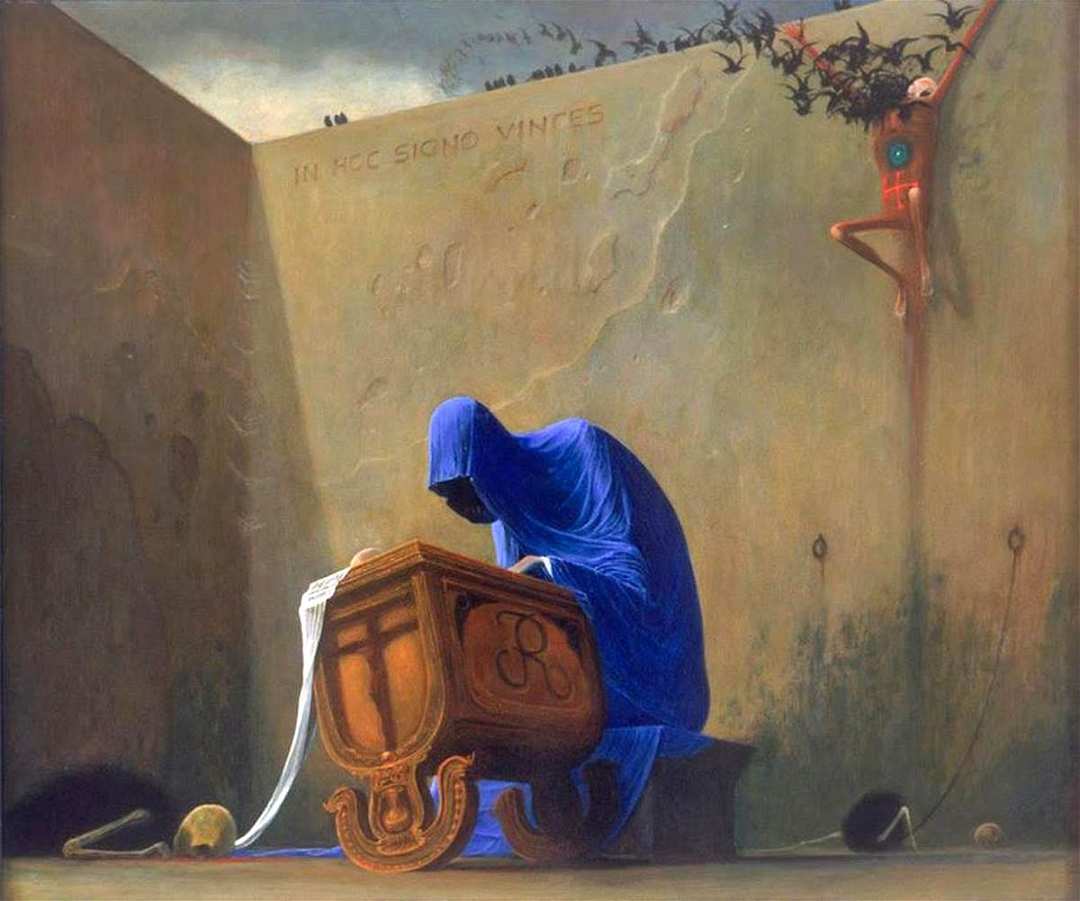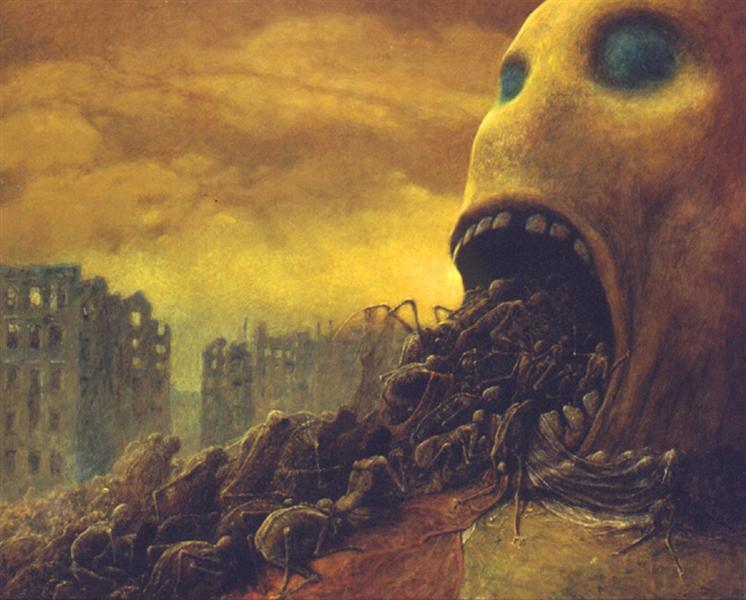By most measures, Japan boasts the highest life expectancy in the world. But that ranking, of course, doesn’t mean that every Japanese person sees old age. Though the country’s rate of violent crime is low enough to be the envy of most of the world, its suicide rate isn’t, and it says even more that the Japanese language has a word that refers specifically to death by overwork. I first encountered it nearly thirty years ago in a Dilbert comic strip. “In Japan, employees occasionally work themselves to death. It’s called karōshi,” says Dilbert’s pointy-haired boss. “I don’t want that to happen to anybody in my department. The trick is to take a break as soon as you see a bright light and hear dead relatives beckon.”
You can see the phenomenon of karōshi examined more seriously in the short Nowness video at the top of the post. In it, a series of Japanese salarymen (a Japanese English term now well-known around the world) speak to the exhausting and unceasing rigors of their everyday work schedules — and, in some cases, to the emptiness of the homes that await them each night.
The CNBC segment just above investigates what can be done about such labor conditions, which even in white-collar workplaces contribute to the heart attacks, strokes, and other immediate causes of deaths ultimately ascribed to karōshi. In a grim irony, Japan has the lowest productivity among the G7 nations: its people work hard, yet their companies are hardly working.
Initiatives to put a stop to the ill effects of overwork, up to and including karōshi, include mandatory vacation days and office lights that switch off automatically at 10:00 p.m. Among the latest is “Premium Friday,” a program explained in the Vice video above. Developed by Keidanren, Japan’s oldest business lobby, it was initially received as “a direct response to karōshi,” but it has its origins in marketing. “We wanted to create a national event that bolstered consumption,” says the director of Keidanren’s industrial policy bureau. By that logic, it made good sense to let workers out early on Fridays — let them out to shop. But Premium Friday has yet to catch on in most Japanese enterprises, aware as they are that Japan’s economic might no longer intimidates the world.
The aforementioned low productivity, along with a rapidly aging and even contracting population, contributed to Japan’s loss of its position as the world’s second-largest economy. It was overtaken in 2011 by China, a country with overwork problems of its own. The Vice report above covers the “996” system, which stands for working from 9:00 a.m. to 9:00 p.m, six days a week. Prevalent in Chinese tech companies, it has been blamed for stress, illness, and death among employees. Laws limiting working hours have thus far proven ineffective, or at least circumventable. Certain pundits never stop insisting that the future is Chinese; if they’re right, all this ought to give pause to the workers of the world, Eastern and Western alike.
Related content:
The Employment: A Prize-Winning Animation About Why We’re So Disenchanted with Work Today
Charles Bukowski Rails Against 9‑to‑5 Jobs in a Brutally Honest Letter (1986)
Based in Seoul, Colin Marshall writes and broadcasts on cities, language, and culture. His projects include the Substack newsletter Books on Cities, the book The Stateless City: a Walk through 21st-Century Los Angeles and the video series The City in Cinema. Follow him on Twitter at @colinmarshall, on Facebook, or on Instagram.





